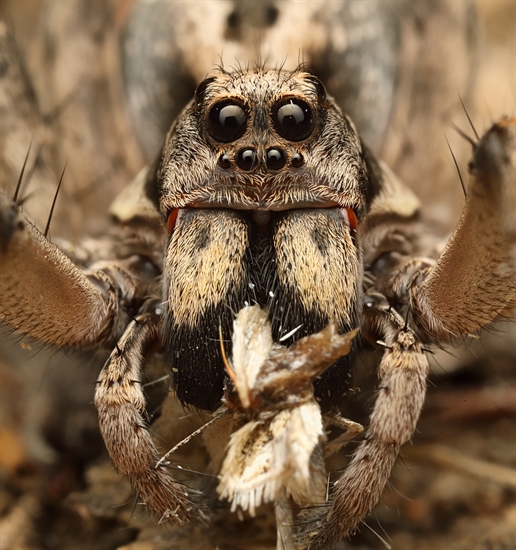
When it comes to identifying where a wolf spider is likely to be found within its habitat range, several key factors should be taken into consideration: soil type (clay-based soils tend to provide more suitable conditions), vegetation cover (woodland edges with thick shrubs/bushes provide ideal hunting grounds) and nearby water sources (such as ponds). In winter months, however, wolf spider activity decreases significantly due to colder temperatures which force them into hibernation until spring arrives again. In summer months, you may see them out during the day as well as at night due to increased warmth and activity levels.


In terms of climate, wolf spiders thrive best in warm temperatures with plenty of moisture and humidity. During the day, wolf spiders hide under rocks or logs or take shelter in burrows that they have dug themselves. Wolf spiders are nocturnal hunters, so they’re most active at night when they search for prey on the ground or climb vegetation to find food. They prefer open, grassy areas such as meadows and fields but can also be seen in woodlands, gardens and even inside buildings. Wolf spiders are found in a variety of habitats throughout the UK. When not hunting for food or mating, wolf spiders spend most of their time hiding under rocks or logs during daylight hours when predators such as birds may be active however, at night, they become more active again and begin searching for food once more. The young wolf spiders emerge as tiny versions of adults and disperse shortly after hatching, leaving the mother behind. After mating, the female will lay up to several hundred eggs inside an egg sac which she carries around until they hatch. Mating habits of wolf spiders involve the male finding a female and then using his pedipalps (small appendages near its mouth) to deposit sperm into her reproductive organs while she is still in her burrow. They use venom to subdue their prey before consuming it whole using powerful jaws called chelicerae.

When they spot something, they quickly move towards it and pounce on it with their front legs before biting it with their fangs. They have excellent eyesight and use this to detect movement from potential prey. Wolf spiders do not build webs but instead hunt actively for prey such as insects, other arachnids and even small vertebrates like lizards or mice, using ambush tactics or chasing after them if necessary.


 0 kommentar(er)
0 kommentar(er)
